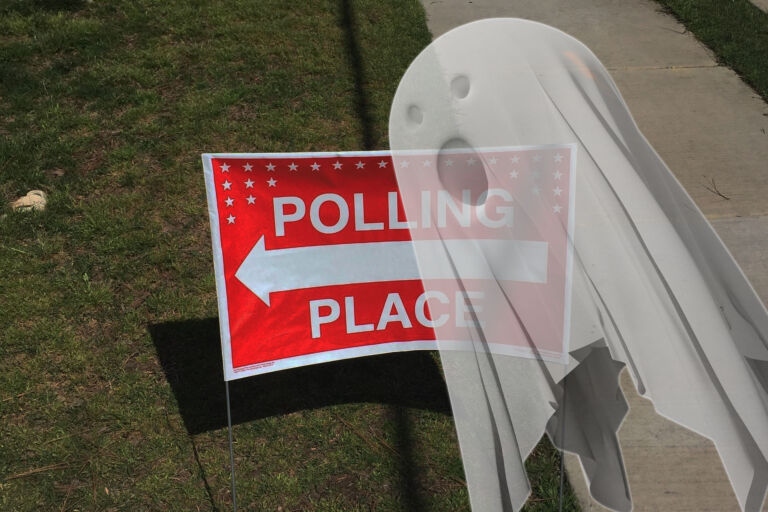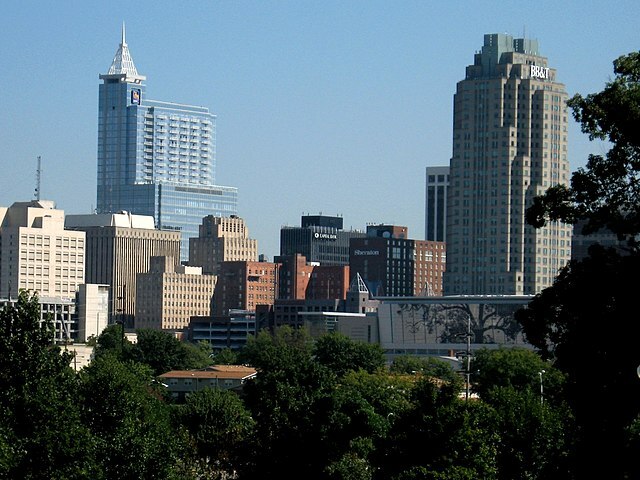The latest Bloomberg Businessweek paints a gloomy picture for the future of golf.
Not that long ago, golf was considered the activity of choice for corporate bonding and the upwardly mobile aiming to look successful. Today companies are relying less on glad-handing on the links, and many young people are cool to a pursuit viewed as time-intensive and elitist. The result: Golf is suffering from an exodus of players, and courses are closing. The number of U.S. golfers has dropped 24 percent from its peak in 2002, to about 23 million players last year, according to Pellucid, a consulting company that specializes in the business of golf. It found that in 2013 alone, the game lost 1.1 million players. …
… Overbuilding in the 1990s led to a surfeit of courses as the growth that operators anticipated never materialized. Only 14 new courses were built in the U.S. in 2013, while almost 160 shut down, the National Golf Foundation reports. Last year marked the eighth straight year that more courses closed than opened.
Those sticking with the sport are playing fewer rounds. U.S. golfers played a total of 462 million rounds last year, according to researcher Golf Datatech. That was the fewest since 1995. Says Morelli: “All the people under 35 are leaving the game.”
This information offers more support for the recommendation in the John Locke Foundation’s latest City & County Issue Guide that cities get out of the golf business.
City-owned and operated golf courses also unfairly compete with private courses. The private courses pay taxes, portions of which go to subsidize their competition. In addition, many private courses are open to the public and charge green fees comparable to the subsidized rates at the city courses. P&R departments should get the most out of taxpayer funds by investing in recreational facilities and services that benefit a majority of community members without competing against local businesses.


